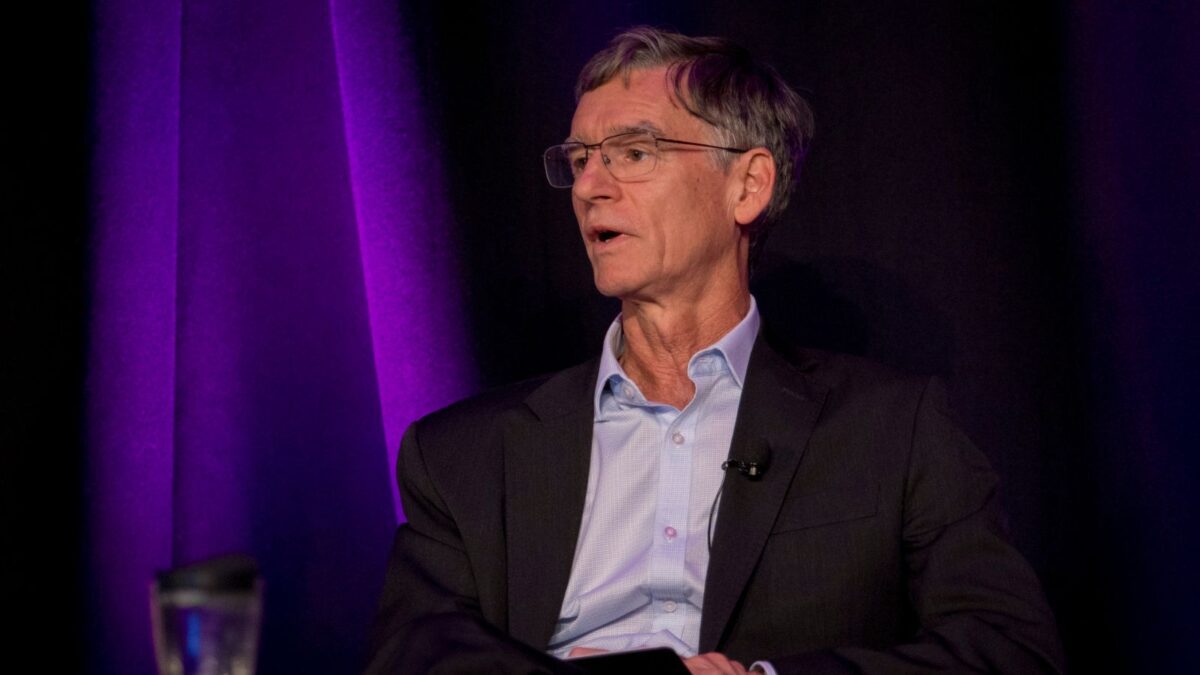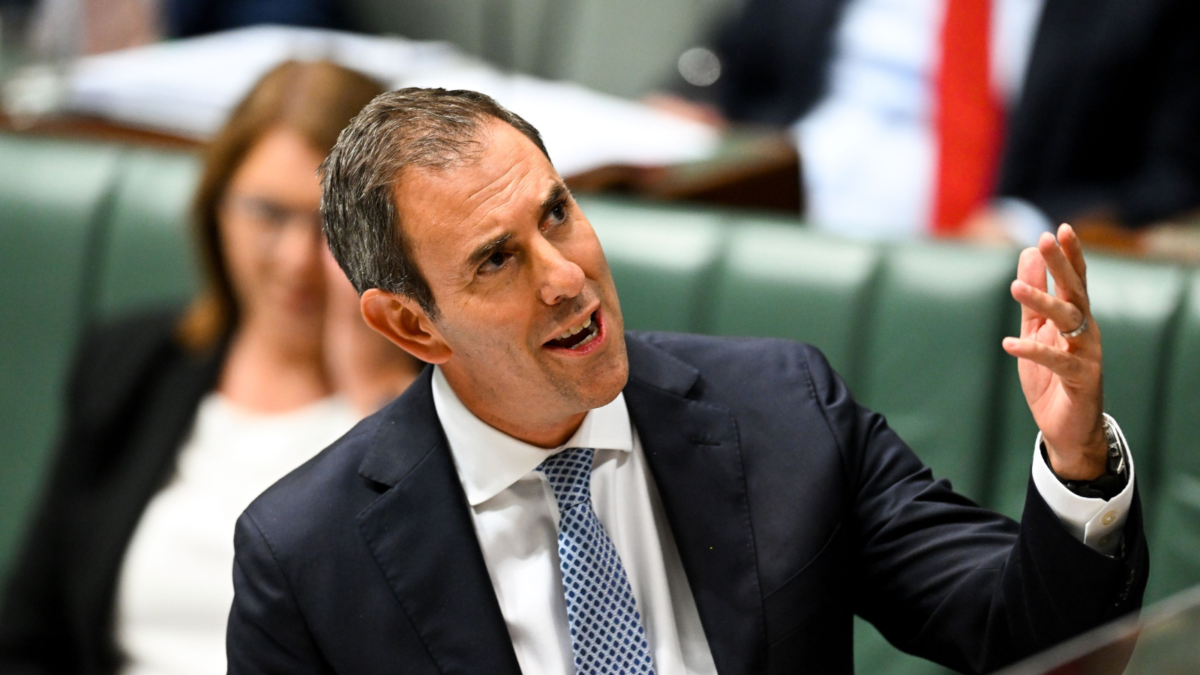Opportunities on the other side of resources boom
(Pictured: Bruce Jenkyn-Jones)
A double trend to thematic investing at the asset allocation level and ESG investing throughout portfolios augurs well for Impax Asset Management as it looks to promote its “global resource optimization” strategies in Australia. NSW’s Local Government Super is an early adopter.
Bruce Jenkyn-Jones, Impax’s London-based managing director of listed equities, which accounts for about 75 per cent of its US$3.7 billion under management, says that while the strategy is not strictly “ethical investing”, nor ESG, nor the recently popular “impact investing”, everything the firm invests in will reduce environmental impact.
“We think these markets are growing rapidly and are a good place to make money,” he says. “We look to find people (investors) to buy it and then fit it into their portfolio.” In Australia, the smallish government-linked fund LGS is its first client.
How to fit different categories of investments, such as resource-depletion themes or a range of other “alternatives” into a portfolio has been a bugbear for both managers and funds alike for many years. Most Australian funds have moved away from the notion of having a 10 per cent “alternatives bucket” to having a 20 per cent “illiquid bucket” which will tend to house alternatives. But going beyond that is difficult for liquidity purposes under the Australian regulatory environment.
(Comment: As the Labor Government fades in our memory, the legacy of so-called reforms under the Cooper Review and other ill-thought-out reports, are starting to bite in ways which both the former government and industry bodies probably did not foresee. Constraints on investments, for funds which are supposed to have 30-40-year time horizons, permeate the new regulations such as MySuper, Stonger Super etc.).
Jenkyn-Jones, who like several of his colleagues in the 15-person listed equities team, started his career as a scientist. His first degree was in Chemistry, with a Masters in Environmental Technology. He then became a consultant, did an MBA and joined the old Bankers Trust in the UK before joining Impax, which is minority owned by BNP Investment Partners and quoted on the London Stock Exchange. Staff own about 33 per cent.
“We have scientists, engineers and mainstream investment people in the team,” he says.
Impax has five main strategies to offer institutional investors: a small-cap global specialists fund; a larger all-cap global leaders fund; a water fund; an Asia Pacific strategy; and a food and agriculture fund.
Throughout each fund or strategy its main target investments are: renewable energy stocks, such as wind power generators; water suppliers, but not rights; materials, such as recycling; food and agriculture; and the global environment itself, such as pollution control stocks.
Some big pension funds, particularly those sponsored by oil companies, are looking at these or similar strategies in order to hedge against the risk of climate change on their plan sponsor’s exposures. The US program initiative of fossil fuel divestment is another prompt for potential investors with Impax. “What do they do with their money after they divest of fossil fuel interests?” Jenkyn-Jones says.
The portfolio ends up with a beta above one and value at risk similar to a standard global portfolio. Returns have averaged 2.6 per cent above the MSCI All Countries Index for 10 years, for the oldest global strategy, with slightly higher volatility. It will tend to be overweight industrials, materials and utilities. The water fund has been spectacularly successful, averaging 3.7 per cent about its index. Only the Asia Pacific fund has lagged to date.
Consultants with Australian clients to have researched Impax include: Mercer, Towers Watson, Cambridge and JANA.
– Greg Bright








